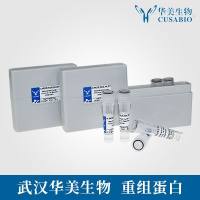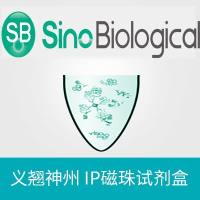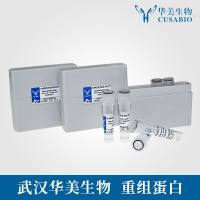Identification and Characterization of Tissue-Specific Protein Transduction Domains Using Peptide Phage Display
互联网
互联网
相关产品推荐

Coagulation Factor III / Tissue Factor / CD142 鼠单抗 (FITC)
¥700

Coronavirus Nucleocapsid重组蛋白|Recombinant SARS-CoV-2 Nucleocapsid-AVI&His recombinant Protein,Biotinylated
¥4520

Recombinant-Human-Membrane-spanning-4-domains-subfamily-A-member-18MS4A18Membrane-spanning 4-domains subfamily A member 18
¥11648

DYKDDDDK Synthetic Peptide
¥200

Recombinant-Pseudomonas-phage-phi6-Fusion-protein-P6P6Fusion protein P6
¥10262
相关问答

